The Material and Appearance libraries are a collection of material and appearance definitions. Some libraries are installed with Autodesk products, and you can create custom libraries.
Multiple products share material and appearance libraries. A unified source of material and appearance definitions provides more consistent visualization, material usage, and analysis, and improves quality control. Each product limits its own usage of the assets.
The following example illustrates how you can use the same material in multiple products.
| AutoCAD, Showcase | Inventor | Revit | Analysis / Simulation | ||||
| Material: | A36 Steel | Material: | A36 Steel | Material: | A36 Steel | Material: | A36 Steel |
| Asset | Properties | Asset | Properties | Asset | Properties | Asset | Properties |
| Appearance | Metal - Steel - Satin | Appearance | Metal - Steel - Satin | Appearance | Metal - Steel - Satin | Appearance | Metal - Steel - Satin |
| Physical | ASTM A36 | Physical | ASTM A36 | Physical | ASTM A36 | Physical | ASTM A36 |
 |
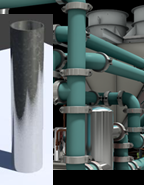 |
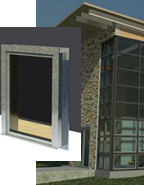 |
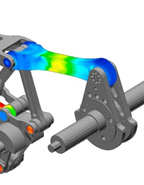 |
||||
Material and appearance libraries
The Material and Appearance libraries are a collection of material and appearance definitions. Some libraries are installed with Autodesk products, others are user created. You can create libraries to organize the materials and appearances you want available for use. Libraries supplied with the products are locked, and when listed in the browsers, an icon indicates their condition. You can copy locked library content into a custom library where you can edit and modify it.
Materials
Materials are a combination of different types of property sets referred to as assets. Inventor materials utilize two assets; physical, and appearance. Together, the two assets make up an Inventor material definition. Materials are assigned to parts.
|
Physical properties provide information about material composition that is used for simulation, analysis, and to determine iProperties such as mass, area, and volume. Physical properties can be used to determine appropriate materials for your design. |
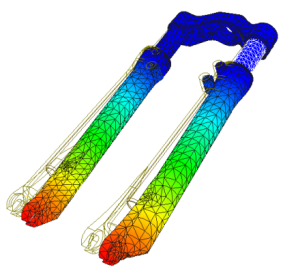 |
Appearances
|
Appearance properties provide visual feedback for a material, such as color, texture, bump mapping, and grain. All materials have appearances assigned to them. You can override those appearances to change the component look. |
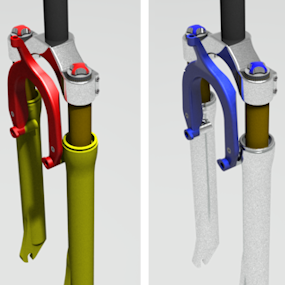 |
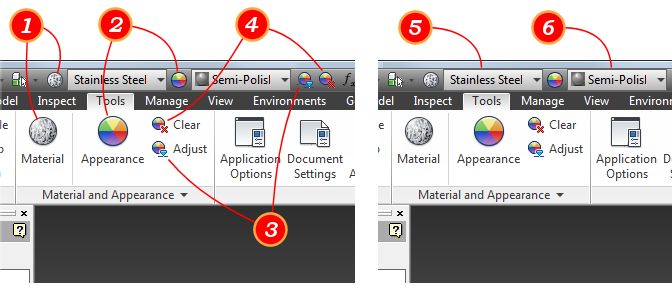
- Accesses the Material Browser. Use for creating and modifying materials.
- Accesses the Appearance Browser. Use for creating and modifying appearances.
- Activates the Adjust command. Use for modifying assigned appearances.
- Accesses the Clear Overrides command. Use for removing appearance overrides.
- Assigns the specified material to the selection set.
- Assigns the specified appearance to the selection set.